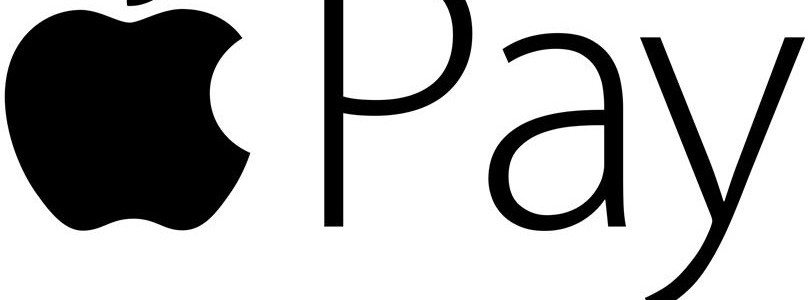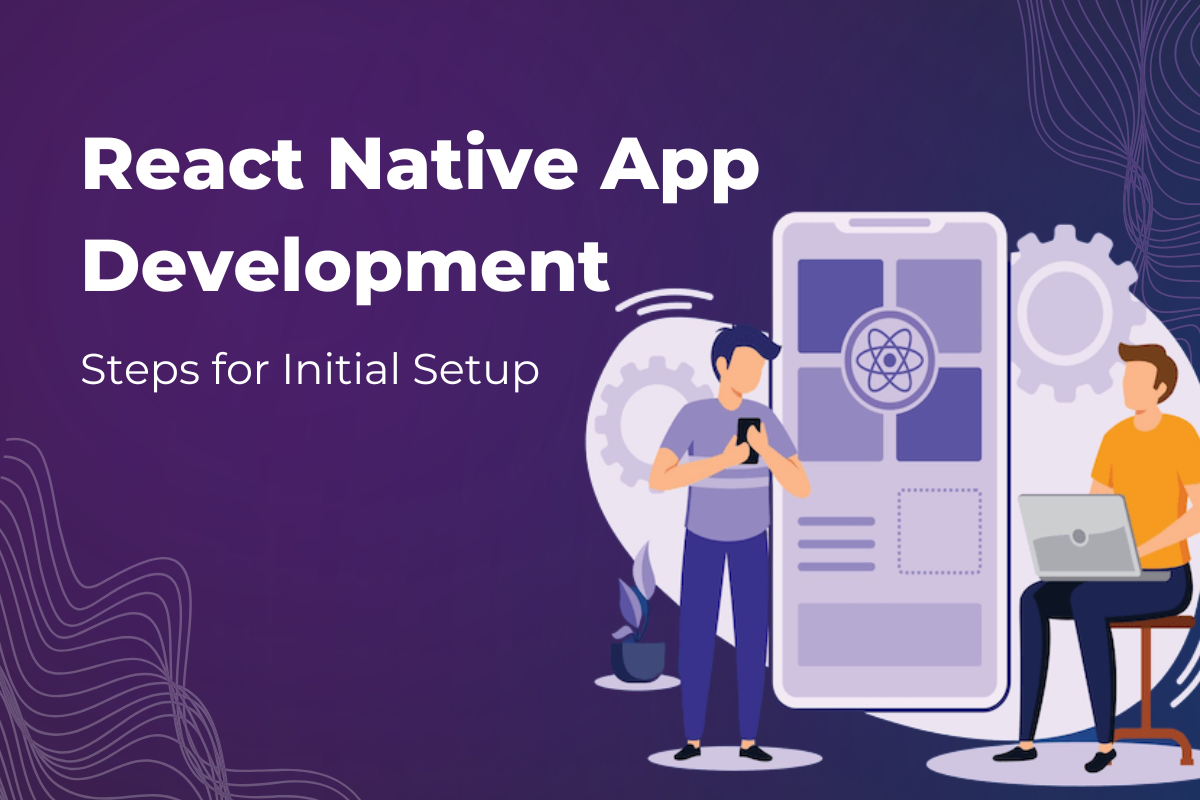Apple Pay is a new mobile payment service offered by Apple in which Apple phones( iPhone 6, 6 Plus) and Apple watch owners can make payment for goods and services using NFC (Near Field Communication) with their devices. Apple Pay is extended to the iPhone 5, 5c and 5s with the Apple watch because it is required to pay with one of these devices which has necessary NFC chip. Apple Pay also lets users make one-tap purchases within apps that have adopted the Apple Pay API. All the devices contain NFC chip where the "Secure Element" of Apple Pay is located, keeping customer information secure. To keep transactions secure , it uses a method known as "Tokenization" which prevent actual credit card numbers from being sent over the air. The upcoming Apple watch will use continual skin contact to ensure payments are secure. Apple Pay will work anywhere NFC-based contact less payments are accepted and the aim is to replace the wallet and prevent the people from digging through a purse/wallet to find credit cards.
How Apple Pay Works :
Apple Pay can be set up in the passbook app where "+" icon in Passbook will allow users to add a credit or debit card . Credit cards are verified in just a few seconds, but some cards require a phone call, app download, or an email to verify a card before it can be added to Apple Pay. Once a card is verified, it is immediately available for purchases both in stores and within apps. Eight cards can be registered with Apple Pay at one time. Each credit card added to Passbook is listed , along with information like billing address, email, and phone number. Tapping on a card offers specific information like last digits of the card number, last digits of the Device Account Number that replaces the card number in transactions, and it also provides contact information for the bank that issued the card.
In a retail store, when approaching a point-of-sale system compatible with Apple Pay, the screen of the iPhone 6 or 6 Plus will light up and open Passbook automatically, where a user can tap on a credit card to be used or pay with the default card. A payment is made by holding an iPhone 6 or 6 Plus near a checkout system that includes NFC, most of which look like standard card checkout terminals within stores. A finger registered with Touch ID must be kept on the home button for a short amount of time, after which a payment is authenticated and the transaction is completed. A completed payment is denoted by a slight vibration, a check mark on the screen, and a beep.
Apple Pay may not be much more convenient than swiping a card, but it's important to recognize that Apple Pay is still more secure than a traditional card-based transaction. With Apple Pay, a cashier does not see a credit card number, a name, an address, or any other personally identifying information.




